
For many of us, the term “motorized trail” conjures images of torn up, washed out, and rutted singletrack that’s wide enough for two side-by-side ATVs to pass.
Given the choice, mountain bikers generally prefer trails of the non-motorized variety for both their quality and the promise of unadulterated scenery. However, those who ride electric mountain bikes don’t have that choice, at least when it comes to accessing the wonderful, non-motorized trails that snake across vast tracts of US National Forests and BLM land.
And yet, there are some surprisingly excellent motorized trails where eMTBs can be ridden legally today.
On a trip to Sun Valley and Ketchum, Idaho this summer I found myself legally riding not one but two different electric mountain bike on scenic, wild, and well-maintained US Forest Service (USFS) trails. It turns out non all motorized trails are bad, and that it is indeed possible to ride eMTBs in some pretty great places right now.
Greenhorn Gulch

The Greenhorn Gulch trailhead is located a few miles south and due west of the town of Ketchum, past the pavement where the road turns to gravel. Endless singletrack loops spiral out from the trailhead, forming a web that reaches deep into the Sawtooth National Forest.
This area and to the north is known as the Smoky Mountains, which is cruelly accurate given the forest fires that have devastated the area over the years. Fortunately, today there are clear signs of life among the charred remnants of a once dominant forest. Colorful wildflowers and handlebar-height green grass frames nearly every view, and many Aspen trees now exceed slam-dunk height. Sadly. the smell of another wildfire burning in the region hung faintly in the air during my visit, a reminder that wildfire is capable of massive destruction at the slightest whim.
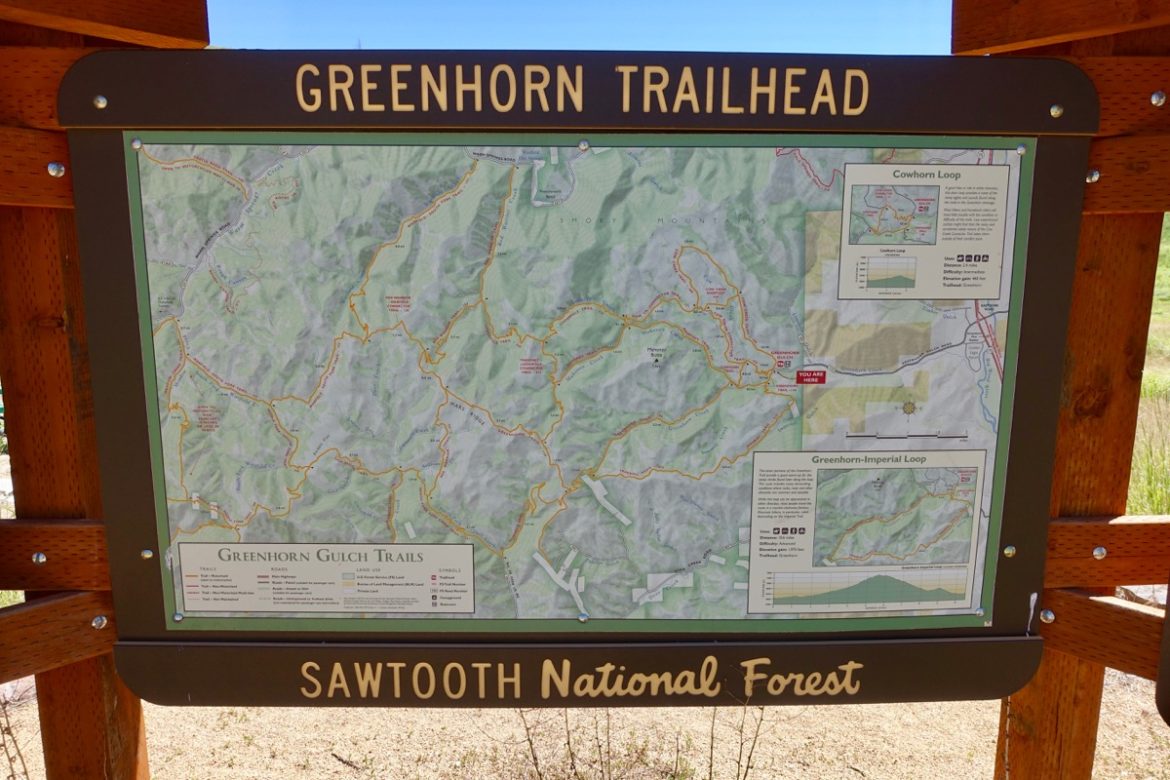
The trails at Greenhorn Gulch are multi-use in the broadest, most inclusive sense of the term. Hikers share the trails with bikers, horseback riders, trail runners, and dog walkers. Even motorcycles and yes, electric mountain bikes are welcome here.
A large group of us descended on the Greenhorn Gulch trail to try out eMTBs from Specialized and BMC, and because it was an organized event, a permit was pulled with the local land manager. In fact, part of our group ran into the land manager who happened to be out riding his regular, non-electric mountain bike that day.
The trails

From the trailhead, pretty much every trail in the Greenhorn Gulch area climbs up, and at times, the trail can be steep. We started with the 10.6-mile, Greenhorn-Imperial loop which gains about 2,000 of elevation overall. Most mountain bikers prefer to ride this loop counter-clockwise for a more gradual climb and a steeper descent. We decided to go the opposite direction.
Almost immediately, I could understand why most riders prefer to go counter-clockwise. The clockwise climb up the Imperial trail is steep, dry, and mostly exposed, which makes for a grueling ascent in the hot Idaho sun. It’s one of those climbs that everyone just wants to end, so much so that many never even start it in the first place. It’s here that I found myself glad to be aboard an electric-assist bike.

The trails at Greenhorn Gulch are not unlike many of the others I’ve ridden in the western US, serving up a base of hardpack with a thin, loose layer of sand and pebbles on top. Much to my surprise, there was no evidence of moto-induced, roost-related ruts nor was the trail anything but a single-track wide. If motorcycles are able to ride these trails without damaging them, surely e-bikes will have little-to-no effect.

These natural-surface motorcycle and eMTB-legal trails are narrow and buff, weaving through tall grass lowlands, scrubby ridges, and leafy forested coves. Riding an electric bike through the area makes it possible to take in the views a bit more instead of riding bent over the bars gasping for breath. Though, to be completely honest, on this particular ride I found myself staring at the wheel of the rider in front of me, trying to hang onto the group for dear life. Yes, riders still have to work — sometimes really hard — even on a e-bike.

While I really enjoyed riding the Greenhorn-Imperial loop, I can’t say I have a desire to ride it on my regular mountain bike. In a way, the e-bike spoiled the trail for me. Following this ride, pedaling the trail on a regular mountain bike would just seem slow and painful.
There’s a sense of accomplishment I get from reaching the top of a ridge under my own power, but I didn’t feel that after riding an e-bike. While feeling guilty about an e-bike ride is totally irrational, that’s not to say it’s not real, at least for me today. That’s not to say my perception won’t change over time, but for now, riding an e-bike sorta ruins trails like this for me.
User conflict

Based on the limited interactions and conversations I’ve had with off-road motorcyclists, it seems many moto riders prefer riding uphill to going down. This is great, because in my experience it makes it easy to share the trail with them on trails like Captain Jack’s in Colorado Springs or Green’s Creek Trail off the Monarch Crest. Motos up, bikes down, and everyone generally gets along.

After test riding eMTBs for several years now, I’ve concluded they’re fun and comfortable on the climbs, but a little awkward and cumbersome on descents. If I could take an e-bike to the top of the hill, then descend on a regular mountain bike, that would be paradise.
Toward the end of my second e-bike ride at Greenhorn Gulch on the Cow Creek Connector trail, I crashed on a skinny, rocky section of singletrack that I’m sure would be a piece of cake on a regular mountain bike. Luckily I didn’t get too banged up, as a crash here could have easily been much worse.
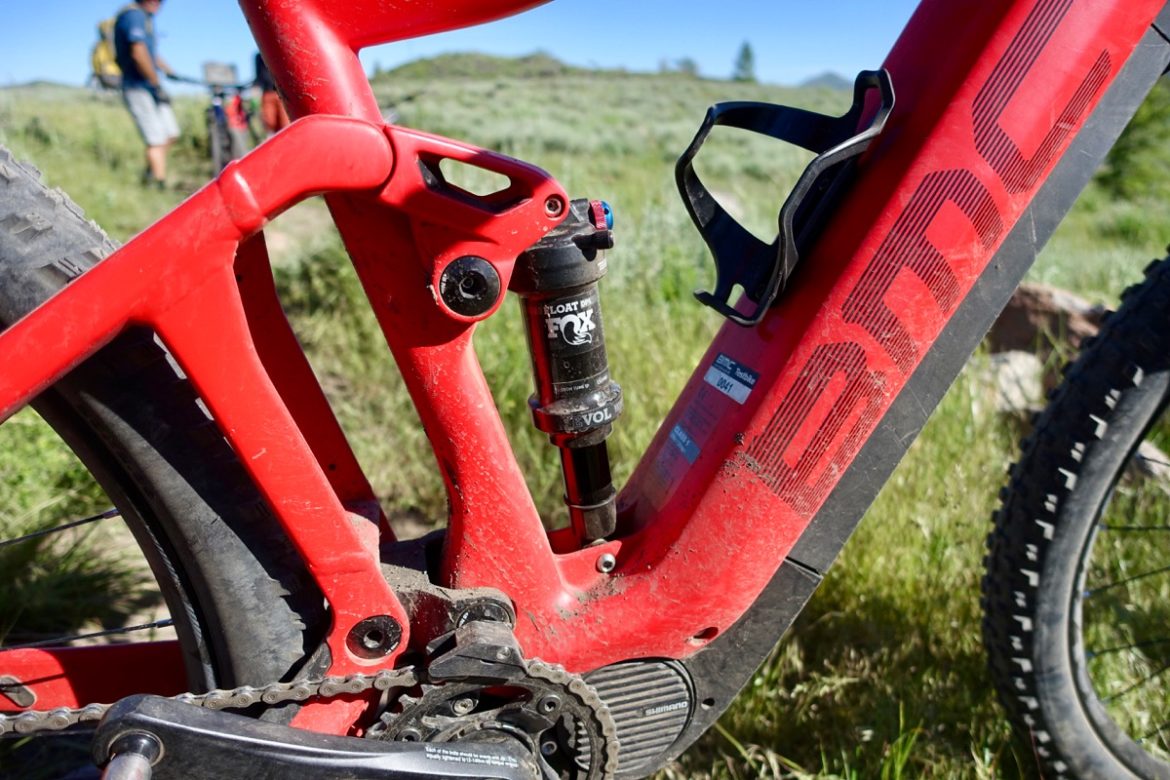
All of this is to say that I suspect riders on electric mountain bikes may end up preferring slightly different trails than riders on regular mountain bikes. Or, at least they may prefer to ride trails in the opposite direction, just as we did on the Imperial-Greenhorn loop. When the climbs are more fun and the descents slightly less so, riders see and attack trails in a new way.
One of the concerns among mountain bikers is that trail user conflict may become an issue as eMTBs become more common. Despite riding with a group of 10-15 others on eMTBs, I saw nothing but smiles and pleasant greetings from the hikers, trail runners, and regular mountain bike riders on the trails at Greenhorn Gulch.

The BLM office in Shoshone, ID is actually studying electric mountain bike access to see if a modification to the agency’s travel management plan makes sense. Based on what I found at Greenhorn Gulch, it’s not hard to imagine the agency loosening rules on eMTBs on certain trails down the line.
[see_also id=’241118′]
Can eMTBs co-exist?
So if electric mountain bikes are already allowed to ride great trails like those in the Greenhorn Gulch area, why do e-bike advocates keep asking for access to more trails, including non-motorized ones? Probably for the same reason many of us want bike access to certain trails in designated Wilderness areas.
We all just want a place to do our thing outdoors in peace. At Greenhorn Gulch, it’s already happening.



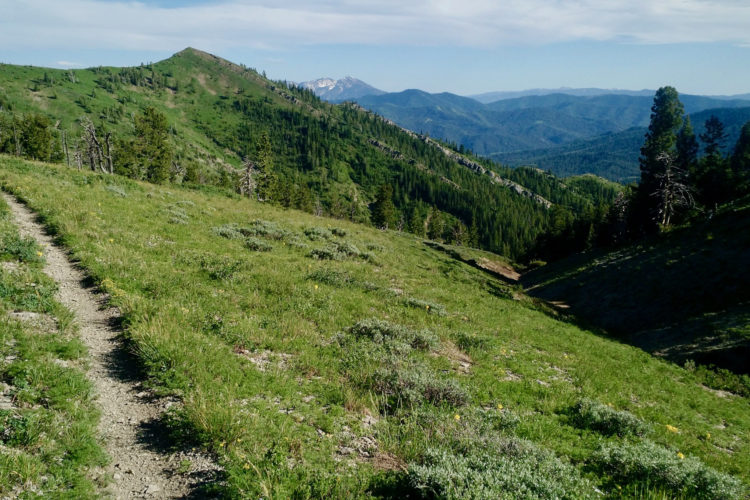
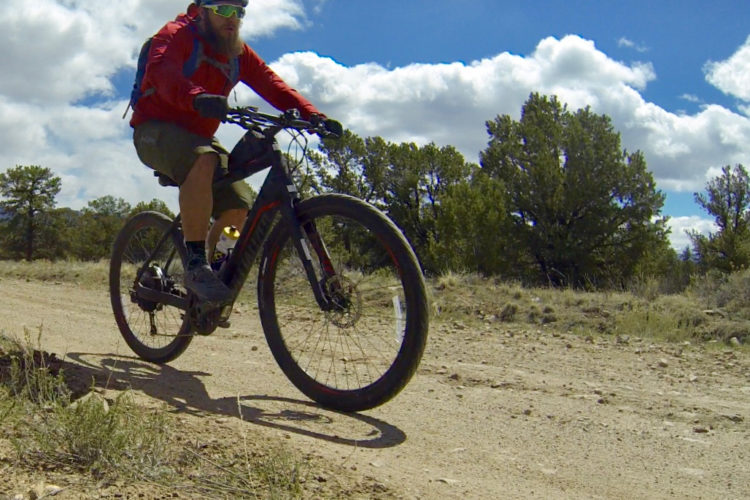


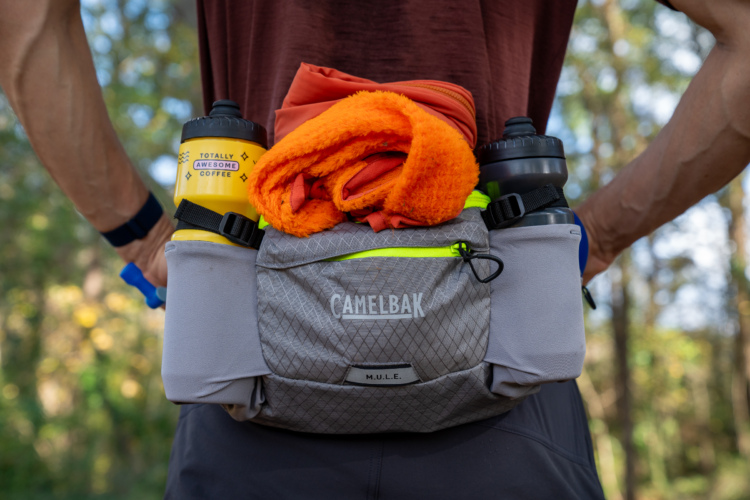



10 Comments
Sep 13, 2018
Sep 7, 2018
Still, it's nice to know that as I get older and less physically able, there are options that may still allow me to enjoy riding trails, even if I need a little help or assist. I'll bet eMTBs really irk riders who are real serious about their Strava segments, though.
Regarding potential conflict, I'd just treat them as I would a regular rider who is faster than me - let 'em pass with a nod, a smile and a wish to "have a great ride!".
Sep 10, 2018
E-bikes going uphill on DH-only trails is something I haven't encountered, but I can see that being an issue. Unfortunately we can't stop people from being idiots (or just clueless), whether they're on a regular bike on an electric one.
Sep 7, 2018
The Ebikes and others who cheat on Strava have really turn me off on the app and slightly on biking altogether, at first it was a good and fun comparison tool, but its gotten to the point where the ebikes and especially motorcycles are using it in my area and taking over the bike leaderboards. Ive talked guys running 60 miles in 2 hours off road on motorcycles and brag about how they are now king of the hill on all Strava segments in that secion that i used to be king of the hill on some on my standard bicycle, and then also the ebikes that are running close to 15mph uphill while everyone is walking up at 3mph ive still seen at the top of leaderboards at the end of the day.
Also regarding the uphills, i hate it that these ebikes are now coming up singletracks that used to be downhill only, its made for several dangerous scary corners, and very close calls of having to bail off bike even when im using my Timberbell as they feel im in their way.
Sep 7, 2018
Jun 3, 2019
Mar 31, 2019
Now I am 30 years older, but in my youth I could ascend hills like I was a mountain goat.
Sadly no longer.
Remember EVERYONE will get to this point in their life.
Electric mtb bikes (class 1,2) allow me and many others to continue to ride at NOONE elses expense.
Jul 28, 2019
1) One's personal preferences about ebikes should not affect the rights of people to ride them. Whatever you feel about Strava or "cheating" is irrelevant in the Big Picture.
2) There are many folks who can ONLY enjoy mountain biking on an ebike. The only legal (and moral) way to restrict the Rights of these people is to show that ebikes cause SIGNIFICANTLY more environmental impact than other mountain bikes.........and that is not going to happen.
3) Social demographics are heading towards an older general community, with a legal impetus towards removing these kinds of unreasonable restrictions from the elderly........who will end up with considerable political clout.
4) Better make friends with such people as they may be the best source of trail maintenance volunteers we have.
5) If you are an able bodied MTB and just want to go faster, or easier, thats OK.......but trail speeds are a big safety and trail maintenance issue and need to be managed carefully.
6) There are all kinds of oddballs riding trails.........like singlespeeders and hardtailers, so ebikes are just another thing to get used to................... Enjoy.......
Sep 7, 2018
Sep 7, 2018